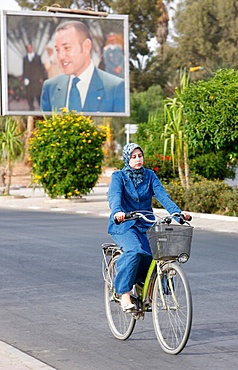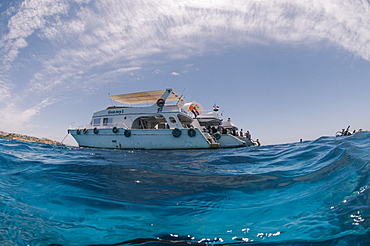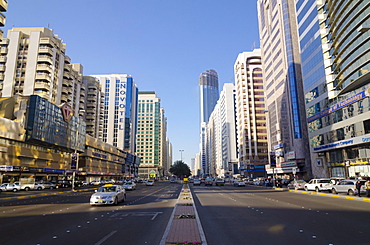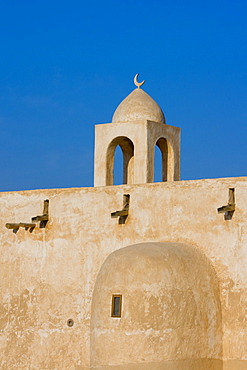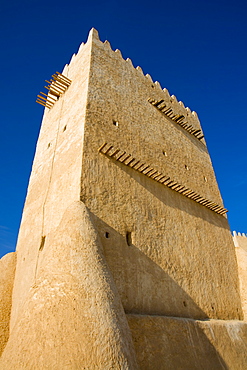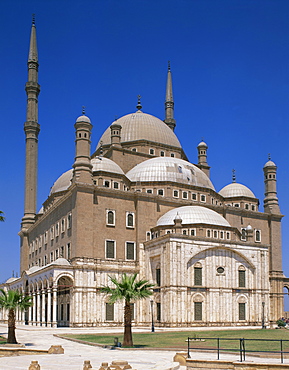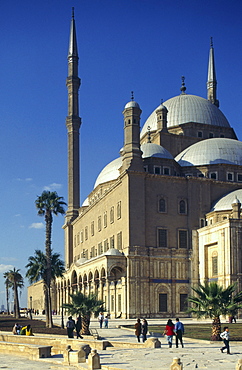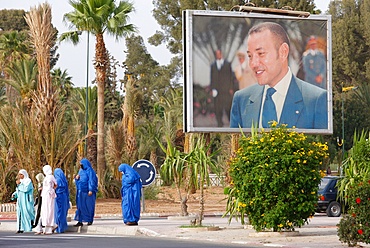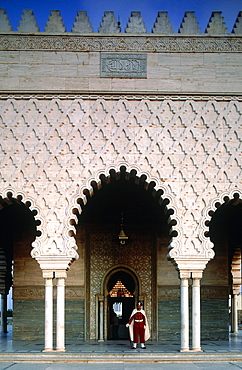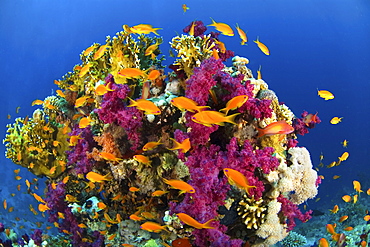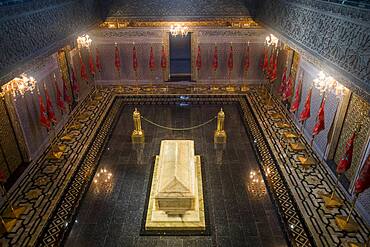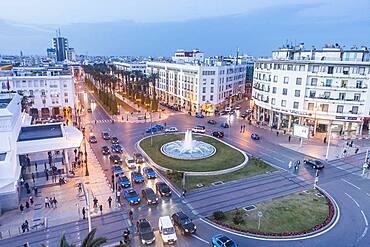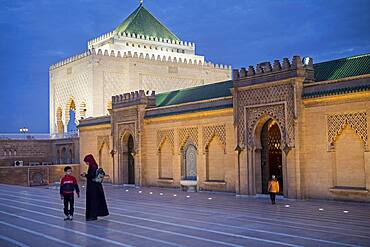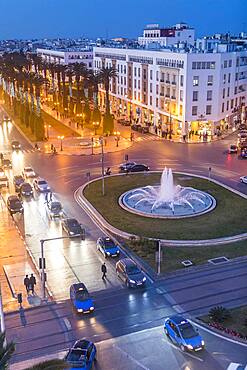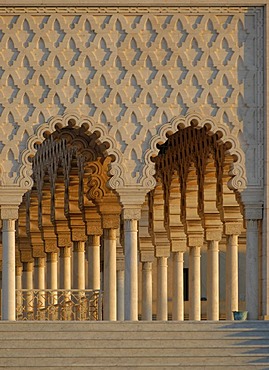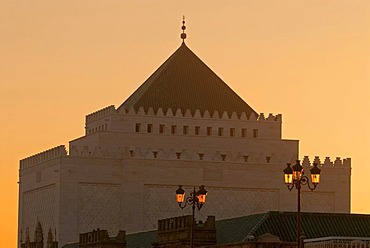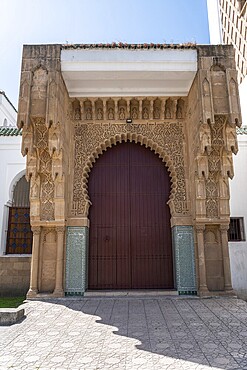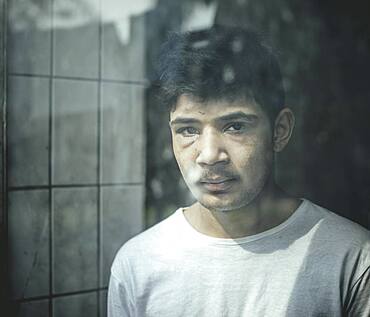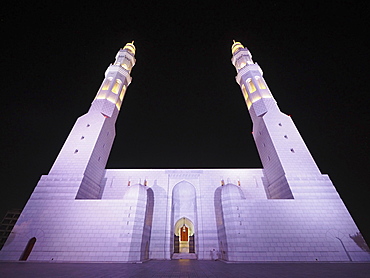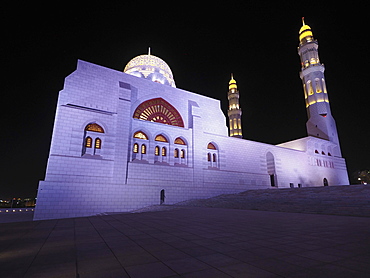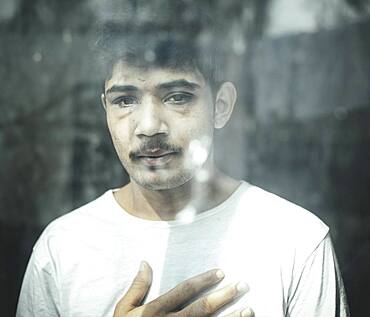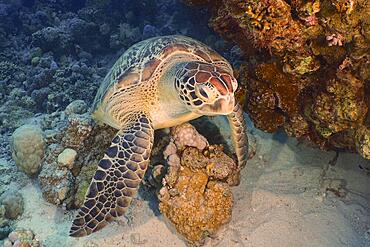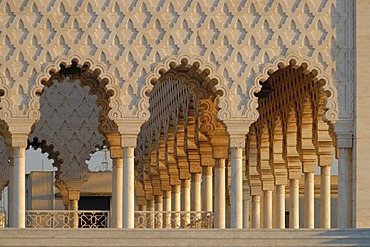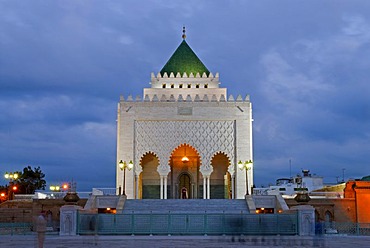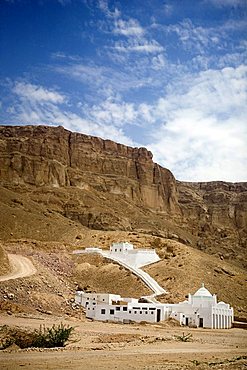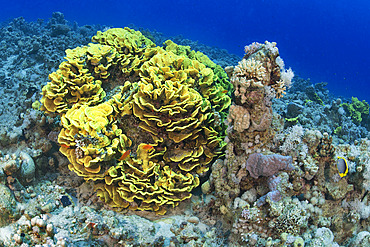Results
« Previous 1 2 3
205 results found

Mohammed mosque and minaret in Baku's old city, UNESCO World Heritage Site, Baku, Azerbaijan, Central Asia, Asia

Indonesia mohammed sofyan yusuf, a garbage recycler and crs new house beneficiary, sorting recycables, monikeun, a suburb of banda aceh, aceh, two years after the tsunami

Indonesia mohammed sofyan yusuf, a garbage recycler and crs new house beneficiary, sorting recycables, monikeun, a suburb of banda aceh, aceh, two years after the tsunami
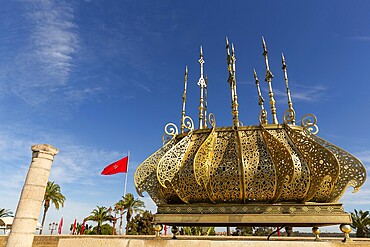
The Mausoleum of Mohammed V is a mausoleum located on the opposite side of the Hassan Tower, on the Yacoub al-Mansour esplanade in Rabat, Morocco

Dubai, United Arab Emirates, 2 April, 2023: Dubai Museum of the Future, an exhibition space for innovative and futuristic technologies with quotes from Sheikh Mohammed bin Rashid written on the walls, Asia
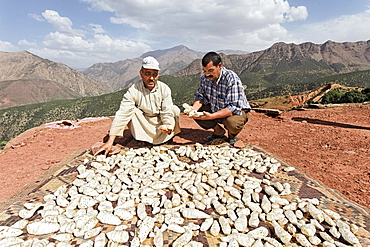
Mohammed El Malaoui checking the quality of the dried rhizomes of organically cultivated Irises (Iris germanica), which are stored on the roof of the mud house of Hassan Bouship, the chief of the village of Iwasoudane, for natural cosmetics in Europe, Ait Inzel Gebel Region, Atlas Mountains, Morocco, Africa
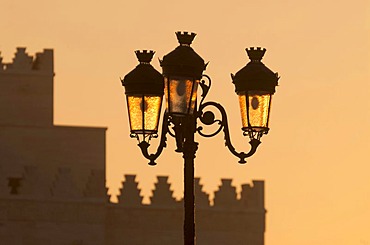
Backlit street lamps in front of the silhouette of the mausoleum of King Mohammed V, Rabat, Morocco, Africa
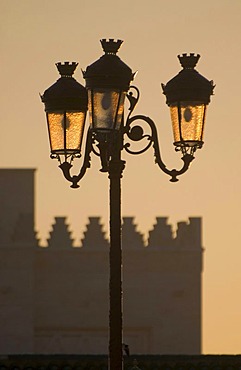
Backlit street lamps in front of the silhouette of the mausoleum of King Mohammed V, Rabat, Morocco, Africa
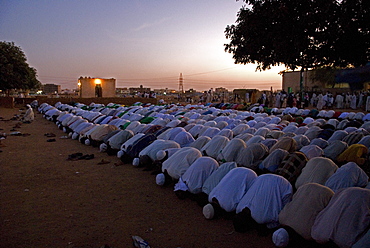
Every Friday dervishes gather an hour before sunset in front of Sheikh Hamed al-Nil tomb in Omdurman, Sudan to perform a ritual called Zikr (Dhikr). The ceremony starts chanting words of gratitude to the Prophet Mohammed. The audience interacts with the chanters, dancing to the rhythms of the percussion instruments. The dervishes start whirling around. The music, the fragrance of burning incense, the endless repetition of religious chants creates a state of ecstasy, a kind of trance in which human soul is believed to communicate directly with God.

Camel broker Elsean Ahmed Naiem with his son Ali Mohammed Abo in a tea hut at the camel market in El Obeid, Sudan.
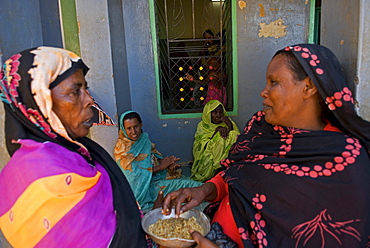
Every Friday dervishes gather an hour before sunset in front of Sheikh Hamed al-Nil tomb in Omdurman, Sudan to perform a ritual called Zikr (Dhikr). The ceremony starts chanting words of gratitude to the Prophet Mohammed. The audience interacts with the chanters, dancing to the rhythms of the percussion instruments. The dervishes start whirling around. The music, the fragrance of burning incense, the endless repetition of religious chants creates a state of ecstasy, a kind of trance in which human soul is believed to communicate directly with God.
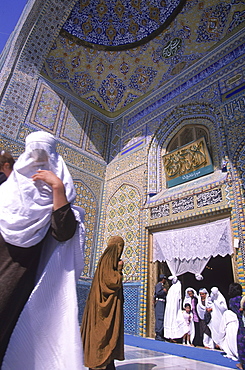
Women in burqas flock like doves to the entrance of the main mosque at the Blue Mosque complex, Mazar-i-Sharif, Balkh Province, September 23, 2002. Wednesday mornings are reserved for women to come and worship at the mosque.Elaborate tilework and decorated spires adorn the mosque, also known as the Shrine of Hazrat Ali (Hazrat Ali was the son-in-law of the prophet Mohammed), who is believed to be buried here. The shrine, of particular importance for Afghanistan's Shi'ite Muslims, was first built in the 12th century, destroyed by Genghis Khan, and rebuilt in 1481. The current mosque, considered by some to be one of the most beautiful in Central Asia, is a modern restoration.
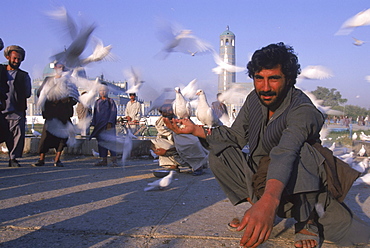
A man feeds white doves at dawn in front of the Blue Mosque, Mazar-i-Sharif, Balkh Province. Hundreds of doves, who are fed by worshippers and tended by special workers, live around the mosque, and it is thought that the place is so holy that a grey or brown dove will turn white if it lands on the Mosque. The mosque is also known as the Shrine of Hazrat Ali (Hazrat Ali was the son-in-law of the prophet Mohammed), who is believed to be buried here. The shrine, of particular importance for Afghanistan's Shi'ite Muslims, was first built in the 12th century, destroyed by Genghis Khan, and rebuilt in 1481. The current mosque, considered by some to be one of the most beautiful in Central Asia, is a modern restoration.
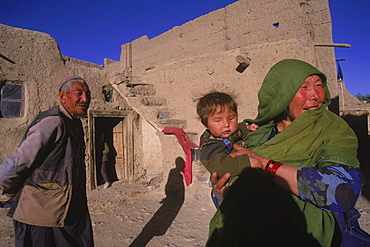
Striking Mongol features distinguish the face of Hamir Mohammed, his daughter and grandson (who is blind), all living in the ruins of the Qala-i-Dokthar (Daughter's Castle), outside of the town of Bamiyan, August 30, 2002. Most of the old town was destroyed and up to 20,000 people of the region might have perished when Bamiyan fell to the Taliban in 2001. Bamiyan Valley is located in the Hazarajat at the edge of the Koh-i-Baba range , the end of the Hindu Kush. Bamiyan was a prosperous Buddhist kingdom on the ancient Silk Road until the 10th century, when the region was converted to Islam; in the 12th century, it was destroyed by Ghengis Khan. Most of the people of this region are of the Hazara tribe, and are Shi'a Moslems who have been persecuted for centuries by many of the Pashtun rulers of Afghanistan, who are from the Sunni sect. They most recently suffered at the hand of the Taliban, who tried for years to ethnically cleanse the region of its Shi'a people
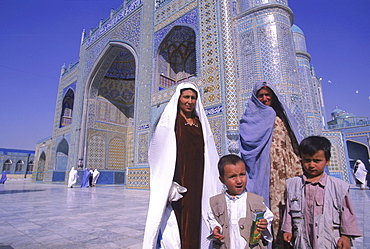
Tajik women proudly pose with their children, burqa's thrown back, in front of the main entrance to the Blue Mosque, Mazar-i-Sharif, Balkh Province. Wednesday mornings are reserved for women to come and worship at the mosque. Elaborate tilework and decorated spires adorn the mosque, also known as the Shrine of Hazrat Ali (Hazrat Ali was the son-in-law of the prophet Mohammed), who is believed to be buried here. The shrine, of particular importance for Afghanistan's Shi'ite Muslims, was first built in the 12th century, destroyed by Genghis Khan, and rebuilt in 1481. The current mosque, considered by some to be one of the most beautiful in Central Asia, is a modern restoration.
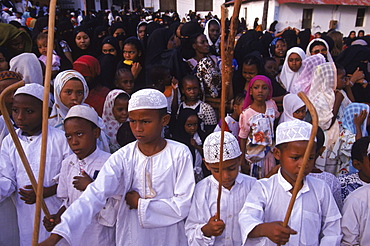
Swahili boys performing the stick dance at a celebration of Maulidi, the birthday of the porphet Mohammed. Lamu Island, Kenya
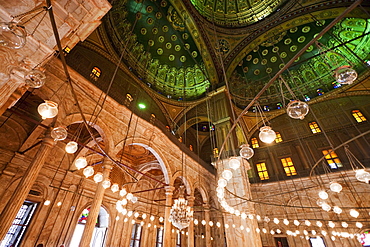
Cupola and lamps in the interior of the Prayer Hall of Mohammed Ali Mosque in the Citadel of Cairo, Al Qahirah, Egypt

Soft coral;Dendronephthya sp). Coral reef. Ras Muhammad National Park;Sharm Al Sheikh - Raas Mohammed) and Tiran Strait. Sinai Peninsula. Red Sea, Egypt.
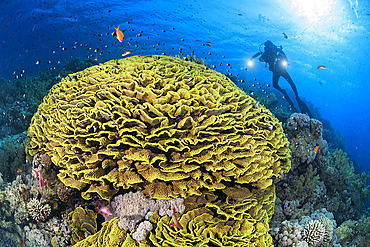
Yellow scroll coral, coral lettuce;Turbinaria reniformis). Coral reef. Ras Muhammad National Park;Sharm Al Sheikh - Raas Mohammed) and Tiran Strait. Red Sea, Egypt.
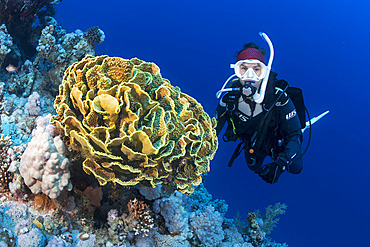
Yellow scroll coral, coral lettuce;Turbinaria reniformis). Coral reef. Ras Muhammad National Park;Sharm Al Sheikh - Raas Mohammed) and Tiran Strait. Red Sea, Egypt.
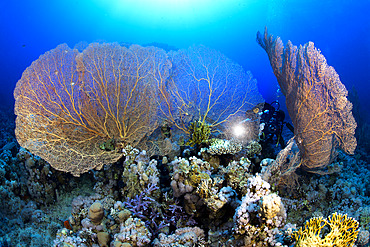
Giant gorgonians of the genus Annella. Coral reef. Ras Muhammad National Park;Sharm Al Sheikh - Raas Mohammed) and Tiran Strait. Sinai Peninsula. Red Sea, Egypt.
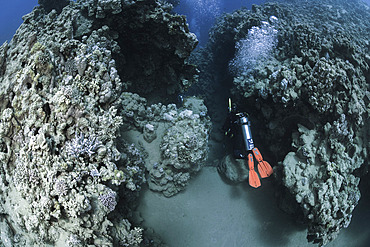
Underwater canyon, Marsa Bareika reef. Ras Muhammad National Park;Sharm Al Sheikh - Raas Mohammed). Sinai Peninsula. Red Sea, Egypt.
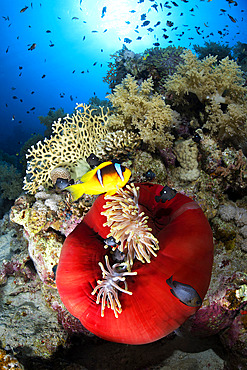
Anemone with twoband anemonefish;Amphiprion bicinctus). Reef fish. Ras Muhammad National Park;Sharm Al Sheikh - Raas Mohammed) and Tiran Strait. Sinai Peninsula. Red Sea, Egypt.
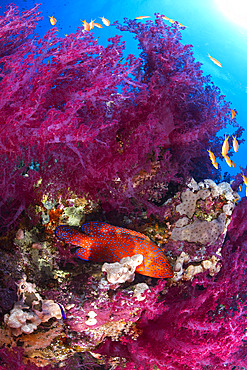
Soft coral;Dendronephthya sp) and lyretail anthias;Pseudanthias squamipinnis) and tropical grouper;Cephalopholis miniata). Coral reef, corals. Ras Muhammad National Park;Sharm Al Sheikh - Raas Mohammed) and Tiran Strait. Sinai Peninsula. Red Sea, Egypt.
